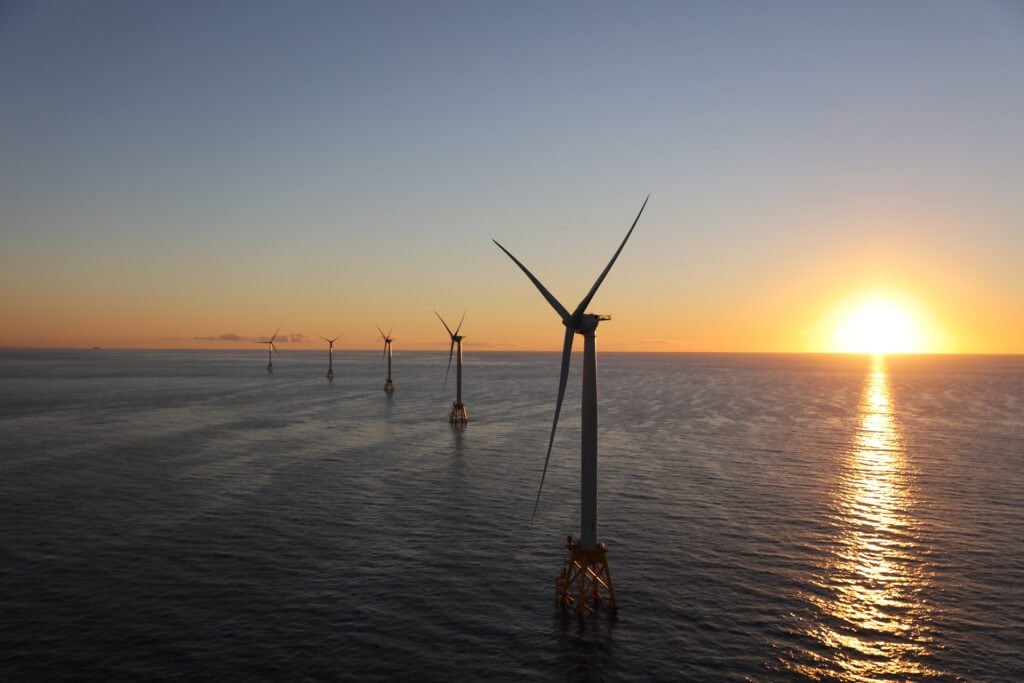Offshore wind development in the U.S. has primarily been taking place along the East Coast. In Europe, offshore wind is more established and has been growing, but the U.S. still lags. A new focus on offshore wind along the West Coast could change that.
Previously thought incompatible for offshore wind operations, attention is now turning toward the California coast. The deep waters of the Pacific would have made offshore wind operations difficult in California, but new technology could allow more operations off the state's coast. Additionally, new regulations could make it easier for offshore wind projects to move forward.
Offshore wind projects will need to consider not only federal regulations but also state and local.
But California’s lofty clean energy goals of 60% renewable energy by 2030 and 100% by 2045 could play a part in speeding up the process of getting offshore wind projects approved.
How Laws Will Define These Capabilities
Last month, California state Assemblyman David Chiu of San Francisco introduced a bill that sets a target for the state of generating 3,000 megawatts of offshore wind by 2030 and 10,000 megawatts by 2040.
Offshore wind off the West Coast was previously out of reach because of laws that governed the shoreline. Now, West Coast states have the opportunity to create laws that would not only encourage offshore wind but would demand it. This has previously worked for states like Massachusetts where its Vineyard Wind offshore energy project off Martha's Vineyard is set to become the first major commercial U.S. wind farm operation. There is currently just one commercial offshore wind facility in U.S. waters, the Block Island Wind Farm, located about three miles off the coast of Rhode Island. However, several other offshore projects have been proposed and are at various stages of the federal permitting process.
More Savings for Consumers and Industries
Not only is offshore wind expected to boost California’s environmental goals, it will also be beneficial for consumers — saving them up to an estimated $2 billion in energy costs.
The U.S. has an opportunity to accelerate offshore wind energy growth, and benefit from 28 new gigawatts of clean energy and $1.7 billion in U.S. Treasury revenue by 2022, according to a 2020 study from analysts at Wood Mackenzie.
The Role of the Department of Defense
Morro Bay was one area of the California coast that previously would not have worked for offshore wind, but a new deal could make it possible. In exchange for a moratorium on turbines that the Department of Defense needs, new areas would be opened for offshore wind development. This deal is not complete and is dependent on cooperation from lawmakers and federal agencies.
While the DoD deal seems like a win for offshore wind, there are still many hurdles including a marine life sanctuary and local and regional considerations.
Further Considerations for West Coast Offshore Wind
Among the other problems for offshore wind developent on the West Coast is the potential impact on commercial shipping. California waters that already have heavy vessel traffic could become even more congested with possible rerouting and a need for maneuvering around these wind farm operations. Offshore wind operations could cause delays or disruptions to routes that ships have typically used. Similar to cooperation between offshore wind and the maritime industry on the East Coast, there will need to be regular dialogue between maritime companies and offshore wind operations.
Commercial vessels could see delays, disruptions, and changes to their ability to operate successfully.




